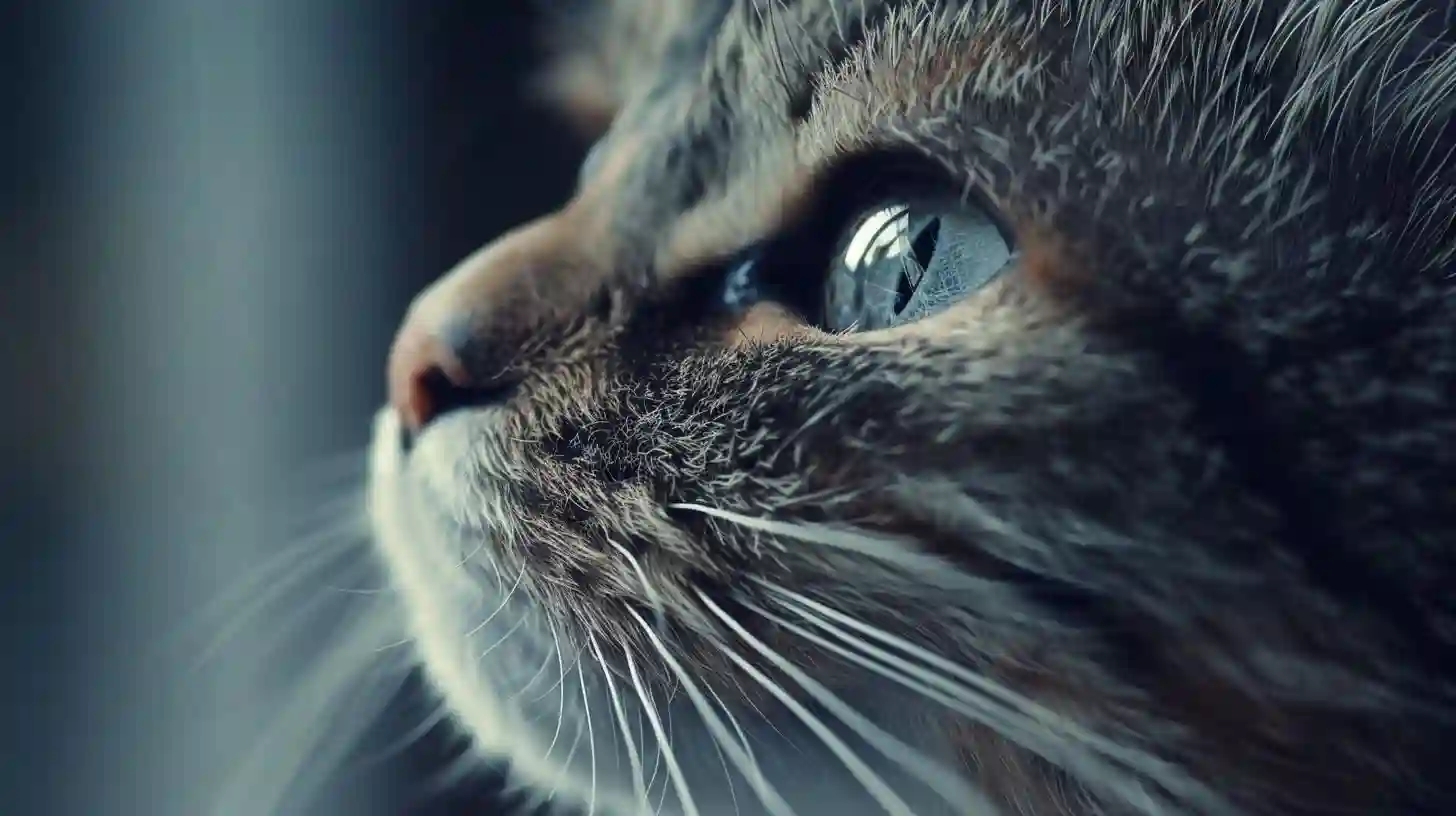
A cat's whiskers, known scientifically as vibrissae, are an integral and fascinating aspect of its anatomy. These specialized hairs, which extend from multiple regions of a cat's body, serve a multitude of purposes that are essential to the feline's survival and daily life. Often underestimated in their complexity and functionality, whiskers are not merely decorative features but are deeply tied to a cat’s sensory and navigational capabilities. Understanding the role of a cat’s whiskers necessitates a dive into the anatomy, functionality, and behavior of felines.
The most prominent whiskers are located on either side of a cat's muzzle, emerging from small, highly innervated follicles. These whiskers are stiff and can measure up to three times the thickness of an ordinary hair. The follicles from which they grow are rich in nerve endings, making these whiskers incredibly sensitive to even the slightest touch or change in the air currents. This heightened sensitivity helps cats detect obstacles, even in low light conditions, making them exceptional nighttime hunters.
In addition to the whiskers on their muzzle, cats also have smaller whiskers above their eyes, on the back of their front legs, and on their chin. Each set of whiskers plays a distinct role. Those above the eyes function similarly to human eyelashes, protecting the eyes by triggering a blinking reflex when an object comes too close. The whiskers on the back of the forelegs are essential during hunting and climbing, providing additional sensory input to aid in precise movements.
One of the most intriguing aspects of a cat’s whiskers is their role in spatial awareness. Cats lack a fully developed sense of close-up vision, yet they navigate tight spaces and catch fast-moving prey with remarkable precision. This ability is largely attributed to their whiskers. By brushing against objects, whiskers send detailed information about the shape, size, and texture of nearby items to the cat’s brain. This tactile feedback allows the feline to weave through narrow passages and gauge whether they can fit through an opening without getting stuck.
Furthermore, whiskers act as a critical gauge of the environment, particularly when it comes to understanding spatial relationships in the dark. Since cats are crepuscular, meaning they are most active during dawn and dusk, whiskers are indispensable for navigating low-light conditions. The air currents that bounce off of solid objects create a tactile map of the cat’s surroundings, enabling it to move stealthily and efficiently when visibility is limited.
Another remarkable function of a cat’s whiskers is their role in emotional expression and communication. Much like a tail or ears, a cat’s whiskers can give insight into its mood. Whiskers that stand erect and fan out widely usually indicate alertness or curiosity. Conversely, whiskers that are pulled back tightly against the face may suggest fear or aggression. Observing these subtle changes can help humans better understand their feline companions and respond appropriately to their needs and emotions.
In hunting scenarios, a cat’s whiskers are absolutely pivotal. At the critical moment of capturing prey, a cat’s whiskers will orient forward, almost wrapping around the catch. This action helps the cat assess the position of the prey accurately, playing a crucial role in ensuring a successful capture. When immobilizing their prey, cats use their whiskers to determine if it is still moving, reducing the risk of injury from a struggle.
It’s important to note that the health and condition of a cat’s whiskers can significantly impact its overall well-being. Damaged or cut whiskers can disorient a cat, compromising its ability to navigate and interact with its surroundings. Sudden changes in behavior, such as increased bumping into objects or reluctance to move around, may indicate issues with their whiskers. Ensuring that whiskers are intact and not subjected to undue stress or damage is vital for maintaining a cat’s quality of life.
Additionally, whiskers do not operate in isolation but work in unison with other sensory inputs. A cat uses its whiskers in conjunction with its acute sense of hearing and smell to build a comprehensive picture of its environment. This multisensory approach allows for a higher degree of accuracy in both movement and perception, enhancing the cat’s ability to adapt rapidly to changing situations.
Interestingly, despite their apparent resilience and functionality, whiskers do shed and regenerate regularly, a process that ensures they remain effective. Observing a cat’s whiskers might reveal that not all are of the same length or thickness at any given time. This variability is normal and part of the body's natural process of upkeep. However, abnormalities in the shedding rate or the appearance of the whiskers can sometimes indicate health issues that may warrant veterinary attention.
Whiskers also play a part in social interactions with other animals and humans. They help cats gauge the approachability and intentions of other creatures. When two cats meet, they often touch noses and whiskers, a gesture that mixes tactile and olfactory assessment. This interaction helps them decide whether to be friendly, cautious, or defensive. Understanding this behavior can assist pet owners in managing multi-cat households and in fostering positive interactions between their pets.
The multifunctional and complex nature of whiskers underscores the importance of these seemingly simple structures. Their roles in environmental assessment, spatial navigation, emotional expression, and social interaction highlight the intricate and interdependent systems that cats rely upon. Recognizing the significance of whiskers can lead to better, more informed care practices and a deeper appreciation for the nuanced lives of our feline companions.
Whiskers, therefore, are not just a characteristic feature of cats but a sophisticated and vital part of their anatomy. They are essential tools for survival, socialization, and interaction with the environment. By appreciating the various functions of these remarkable hairs, one gains insight into the adaptability and prowess that have made cats such successful and beloved animals across countless human cultures. Understanding whiskers enriches our knowledge of cats, allowing us to marvel at the complexity and elegance embedded within the natural world.